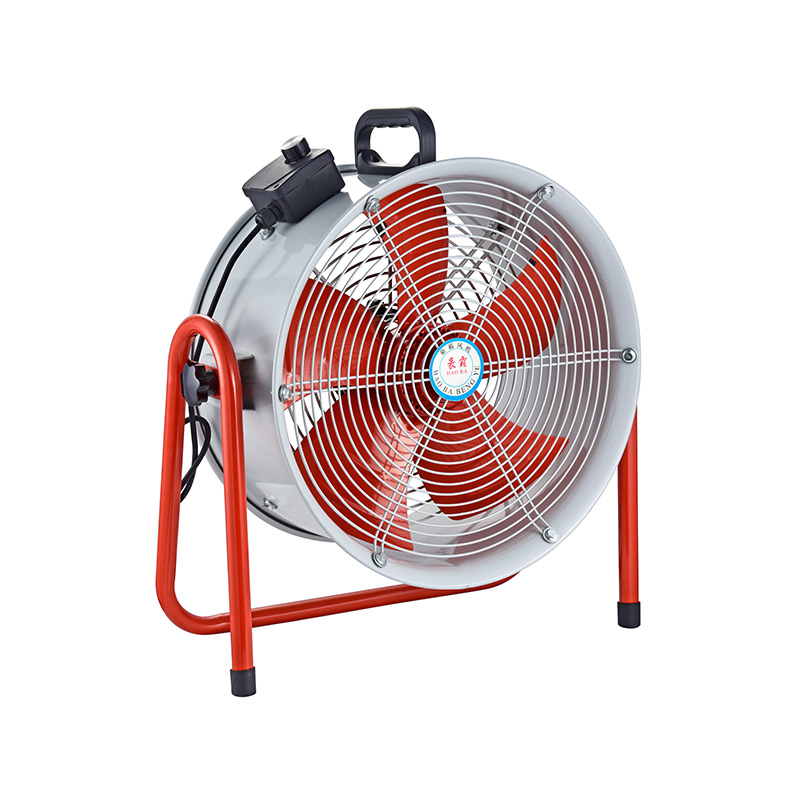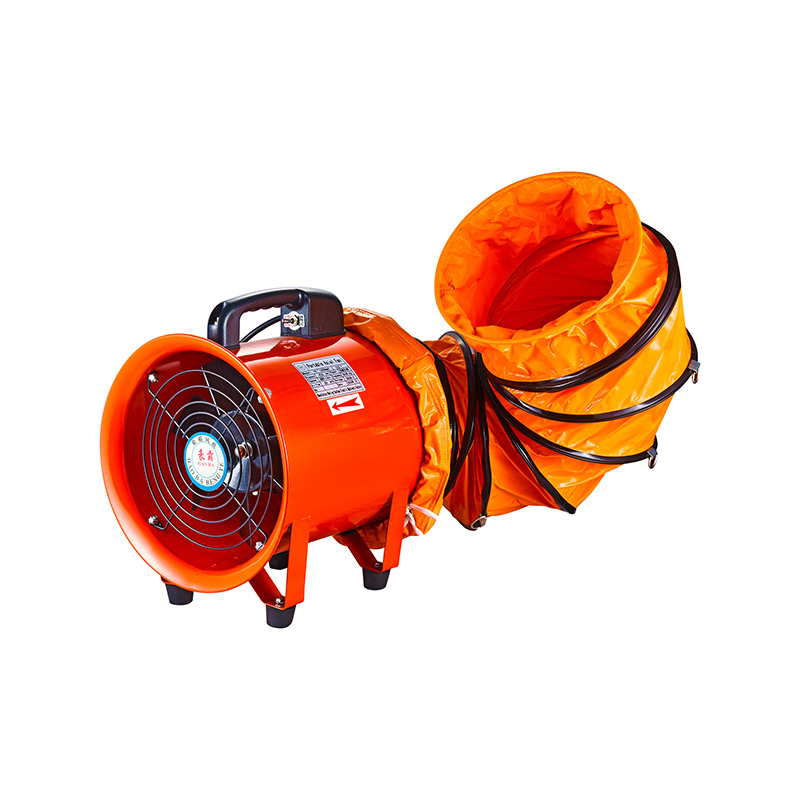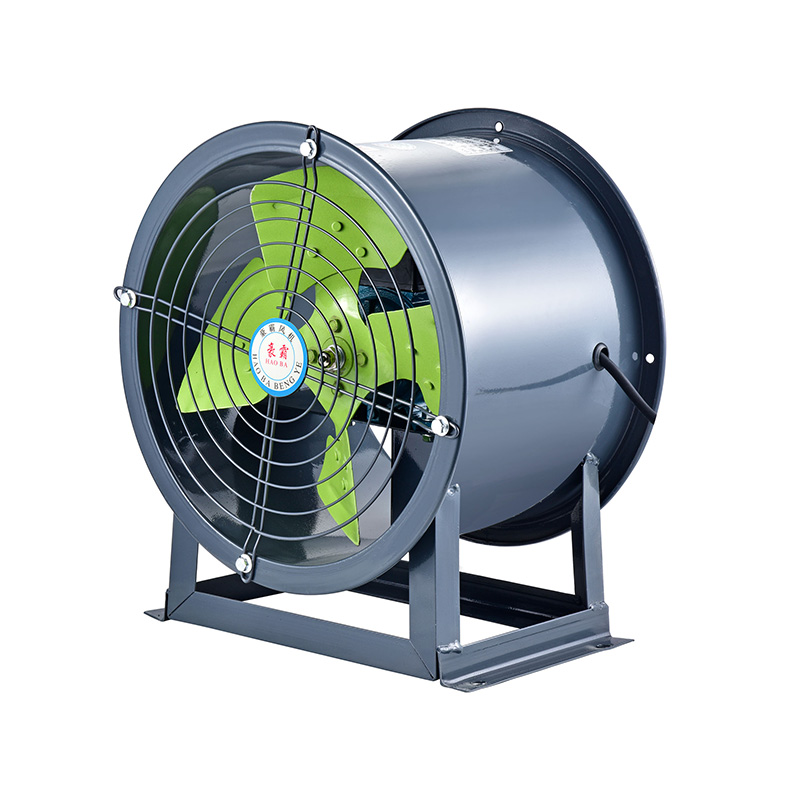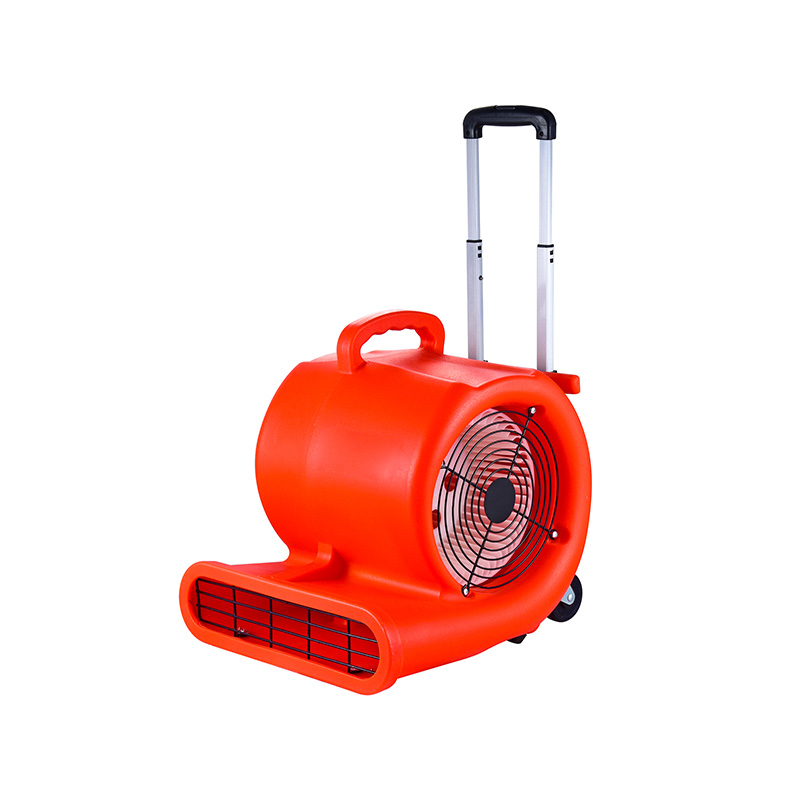Understanding The Working Principle Of Axial Fans
2025-07-08
Axial fans are widely used in a variety of industrial and commercial settings due to their simple design and effective air-moving capabilities. These fans operate by drawing air in parallel to the axis of rotation and pushing it out in the same direction, creating a straight airflow path. This mechanism makes them ideal for high-volume, low-pressure applications such as cooling, ventilation, and exhaust systems.
In many environments where air needs to be moved efficiently, axial and centrifugal fans are commonly compared. While centrifugal fans redirect airflow through a 90-degree angle and are suitable for high-pressure systems, axial fans maintain a linear flow, making them more appropriate for open areas or where ductwork is small. For instance, in large warehouses or factories, an industrial rooftop ventilation fan often incorporates axial fan technology to ensure adequate air exchange without occupying interior space.

The internal structure of an axial fan consists of a central hub surrounded by blades that rotate, drawing air from the environment and pushing it forward. The fan blades are typically designed at an angle to allow for efficient movement of air. In an explosion proof axial flow fan, additional safety features are integrated into this basic structure, such as spark-resistant materials and sealed motor housings. These fans are crucial in hazardous environments, such as chemical plants or mining operations, where flammable gases or particles might be present.
Another area where axial fans demonstrate their usefulness is in HVAC systems. When comparing axial and centrifugal fans in this context, it becomes clear that each has its strengths depending on the design of the system. Axial fans tend to be more compact and lighter, which can be beneficial in rooftop applications. For example, an industrial rooftop ventilation fan installed on a factory roof often uses axial fans to manage heat and air quality, especially in processes that generate consistent thermal loads.
Explosion proof axial flow fan models are specifically engineered to handle explosive atmospheres. These fans are not just standard axial fans placed in risky environments—they undergo rigorous design and testing to comply with safety regulations. Materials like aluminum or anti-spark alloys are commonly used in blade and housing construction. Moreover, motors are often encapsulated to prevent any ignition source from reaching volatile substances. When used alongside axial and centrifugal fans in a facility, they contribute to an integrated approach to safe and efficient air movement.
Maintenance is another key consideration when it comes to fan systems. Axial fans typically require less complex maintenance compared to centrifugal fans, as their design is simpler and fewer moving parts are enclosed. However, when installed in industrial environments, such as with an industrial rooftop ventilation fan, routine inspection becomes critical to ensure consistent operation and long service life. Dust buildup, loose components, and motor wear are common issues that need attention, particularly in outdoor or semi-exposed settings.
Choosing between axial and centrifugal fans often depends on the specific requirements of the space. Axial fans are favored for their ability to move large volumes of air with relatively low power consumption. However, for scenarios that demand explosion-proof characteristics, selecting an explosion proof axial flow fan ensures both performance and safety. These fans are often used in tandem with axial and centrifugal fans within the same facility to address varying ventilation demands in different zones.
An industrial rooftop ventilation fan using axial technology not only helps with internal air circulation but also plays a part in temperature regulation and humidity control. In humid climates or in facilities where moisture is a concern, the proper ventilation system can prevent condensation-related damage and improve worker comfort. Integrating an explosion proof axial flow fan into such systems extends the fan’s usefulness to locations that demand stringent safety protocols.
In summary, understanding how axial fans work and where they excel helps in designing efficient air management systems. Whether paired with centrifugal options or used independently, their role in maintaining airflow, supporting industrial processes, and enhancing safety through explosion-proof variants cannot be overstated. Whether it's an explosion proof axial flow fan ensuring safety in volatile areas or an industrial rooftop ventilation fan improving airflow in large facilities, the axial fan continues to prove its value across industries.

 English
English русский
русский عربى
عربى









